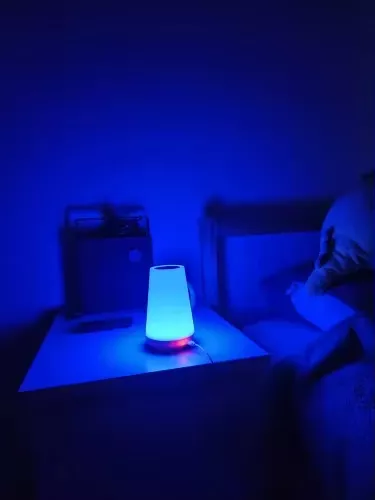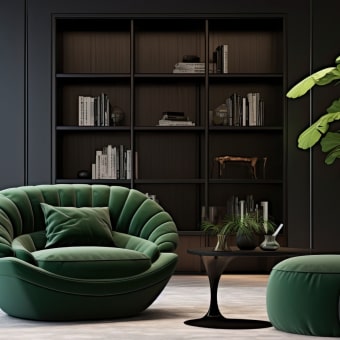What is the difference between RGB and bi color LED lights?

The main difference between RGB and bi-color LED lights lies in the range of colors they can produce and how they are used:
RGB LED Lights

RGB stands for Red, Green, Blue. These lights combine these three primary colors to produce a wide spectrum of colors, including pure white when combined correctly.
✅ Key Features:
- Full-color output: Can create millions of colors by mixing red, green, and blue.
- Used for creative lighting: Ideal for mood lighting, video effects, and color-changing scenes.
- Often includes control options: May come with remotes, apps, or DMX systems for custom control.
Best For:
- Photography and video where color effects are desired
- Mood lighting and ambient effects
- Stage lighting and RGB strips
Bi-Color LED Lights

Bi-color LEDs have only two color temperatures: typically warm white (e.g., 3200K) and cool white (e.g., 5600K).
✅ Key Features:
- Adjustable color temperature: You can blend the two to match indoor or daylight conditions.
- Doesn’t offer full color: Limited to shades between warm and cool white.
- More natural look: Great for realistic lighting in film or interviews.
Best For:
- Professional video shoots needing natural lighting
- Interviews, documentaries, and studio work
- Environments where consistent white light is crucial
Quick Comparison Table
| Feature | RGB LEDs | Bi-Color LEDs |
|---|---|---|
| Color Options | Millions of colors | Warm to cool white only |
| Use Case | Creative, effects lighting | Realistic, white lighting |
| Color Temperature | Variable via mixing RGB | Between 3200K–5600K |
| Complexity | More complex (needs control) | Simple and quick to adjust |
If you want dynamic, colorful lighting, go with RGB.
If you need natural, adjustable white light, choose bi-color.



















Leave a comment